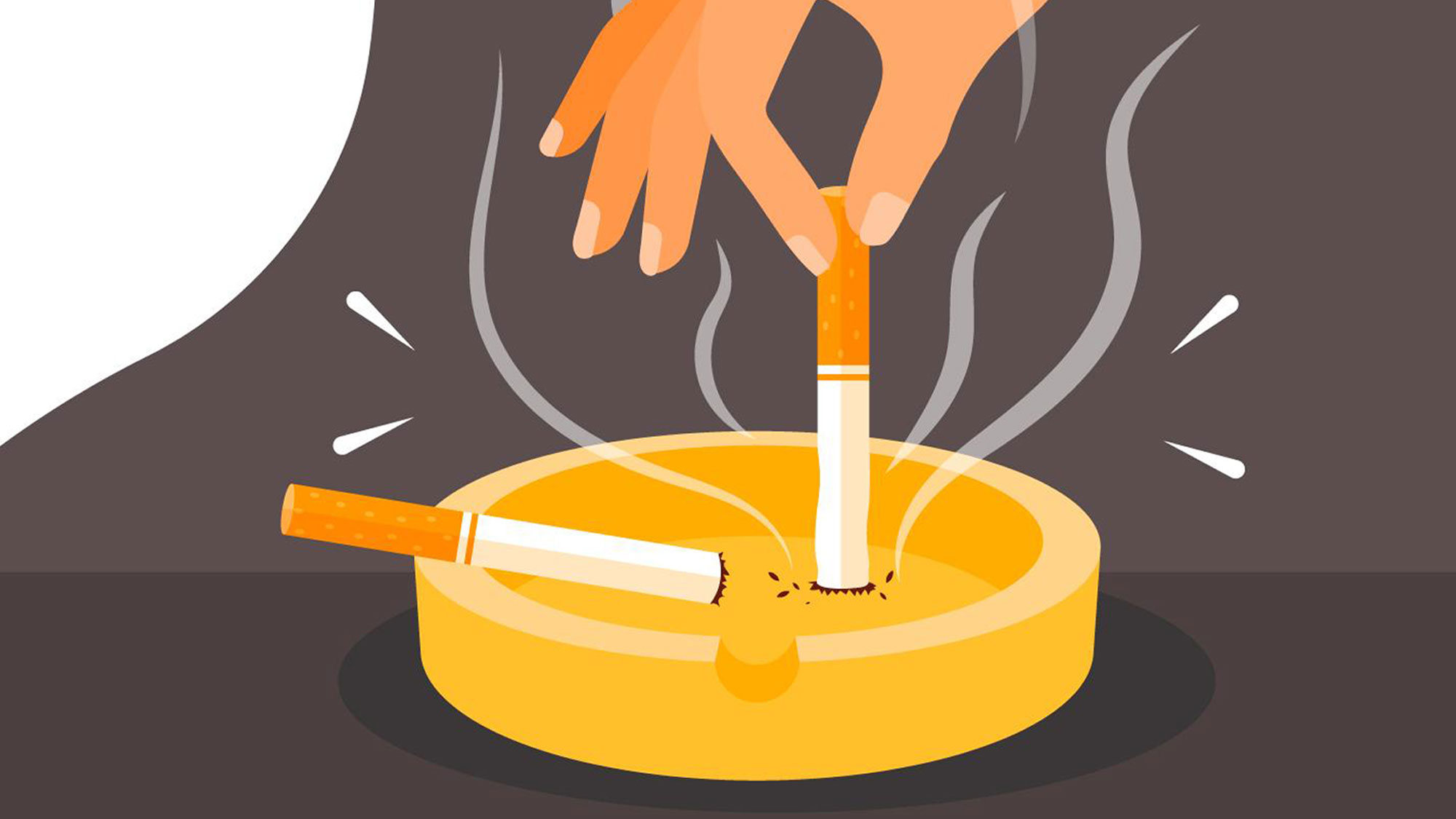
Two months.
According to 2010 the European Journal of Social Psychology, that is roughly how long it takes for a behavior to change. Sixty-six days is the number mentioned, with time varying depending on the person (with ranges from 18 to 254 days), but whether it’s the lower or higher side, there’s no doubt that a person can change within a year at least.
With the dawn of the new year, people are setting goals, looking to new horizons, and people are scrambling for change.
Perhaps, this time, with a bit of brain science’s help, you too can stick through to making the right behavioral habit changes.
Habit in the brain
When trying to locate what goes on in our brain when forming a habit, brain scans show activity in the prefrontal cortex and hippocampus, principally when learning a given task. These networks are involved with decision-making and executive control.
Then, we continue to repeat the task and build it into a habit, activity can be seen in the putamen and the basal ganglia. So, as you can see, the habit does not exist in a single part, but is a series of interconnected mechanisms across various parts of the brain, which are then guided into behavior.
Now, when a habit is not fully ingrained and seen as a task to do, we are aware of the decisions we need to take to get things done. This awareness of our decision-making is referred to as the ‘introspection illusion.’ The executive function part of our brain highlights to us that the choice of action is done by ‘me’ and as such, effort does not come naturally, but consciously. As a result, we end up exerting more attentional resources.
For this reason, it is important to first make something automatic, before we can truly call it a fully-fledged habit — whether adoption or removal.
Making the habit automatic
Think of any deeply ingrained habit in your life.
Most of it is so automatic, so much on auto-pilot, that you may not even realize it’s a habit.
Driving, walking, and brushing our teeth in the morning are perfect examples of actions that we do, that have become automatic. When you’re driving, you need to step on the accelerator pedal with just the right amount of pressure, be checking the rear and side view mirrors, adjusting the lane ticker, and be totally honed in on the road behind you. And yet, despite all the multiple mechanisms involved in driving, we do it so effortlessly, as if on auto-pilot.
That is when we know a habit is deeply ingrained into us.
This idea is known as automaticity.
Research suggests that the best way to adopt or break a habit fully into our lives is to integrate automaticity, making it automatic. As seen in brain scans when something becomes automatic, it is driven by D2 receptors and subcortical stratal circuits in the dorsolateral striatum of our brain.
How to break a habit
Now that you know everything about what makes a habit, a habit, you’re probably wondering how to actually break the habit. Besides being aware of the points above, the following tips can support the efforts in breaking a habit:
- Identify the dopamine loop — Many habits are just feedback loops in the brain where you release dopamine, and that ‘feel-good’ sensation causes you to go back in engaging in such behavior. Whether it’s becoming habituated to social media due to getting that dopamine hit of likes or DMs or feeling rewarded for exercising early in the morning, understand that all habits are made-up of some dopamine loop. By being conscious of this fact, you can choose to break a habit more easily, because you know the why.
- Know your cues — Adding onto the topic of loops, any type of repetitive loop has a trigger (or cue) and result (reward). Cues are the context in which you feel the need to engage in the behavior. If you’re a smoker, it might be after eating food and that immediate craving you get. If you’re a social media addict, it might be the moment you wake up and see your phone by your bed. Knowing your triggers helps to avoid them.
- Replace, don’t resist — Breaking bad habits isn’t about trying to eliminate them entirely. We are action-oriented creatures after all. In fact, there have been some studies indicating that suppression may make us more likely to revert back to a bad habit later down the road — a sort of behavioral rebound effect. For example, in a 2008 study on appetite, researchers found that participants who suppressed their desire for chocolate ended up consuming much more later than those who didn’t. In the same way, a 2010 study from Psychological Science found that smokers who tried to resist smoking ended up thinking about it much more. What this means is that, instead of trying to completely resist, we should aim to replace a given action with something else — something better.
- Set SMART goals — A lot of us make goals for breaking or adopting a new habit by being relatively broad about it. “I want to lose weight” or “I’d like to start reading more.” These are general statements that have no direction or specificity to them. It’s remembering to think about the acronym, SMART (Specific). Psychologist Poldrack suggests that we should aim to think of how to actually implement these into our lives.
- Implementation intention — One way we can go about implementing these more thoughtfully is by leveraging what psychologists call ‘implementation intentions.’ Introduced by psychologist Peter Gollwitzer, this is a strategy that makes your goal into an if-then statement, linking situational cues with specific responses.
- Imagine the plan — When we plan for something thoughtfully and envision it in our minds, we are more likely to know how to go about implementing it when the time comes. Thinking about how you’ll exactly do something helps to develop a mindset for it. One technique to keep in mind is Functional Imagery Training (FIT). This is a way to train our minds on eliciting and practicing motivational imagery of them taking action, which in turn results in sustained behavior change. Many performers and athletes use this to ‘stay in the zone’ mentally, even if they aren’t on the field or stage.
In one study of FIT’s effectiveness, Plymouth researchers tested the imagery training to see if it could help people lose weight. Results show that FIT’s exercises helped to strengthen participant’s motivation to stop the habit, leading to less snacking and more weight loss.
“It’s always going to be easier to react based on something you’ve already planned out in the past versus trying to come up with a new plan on the fly”
— Poldrack
Testing our willpower and self-discipline is great, but it can lead to ego depletion and take up a lot of mental energy, which prevents us from sticking with a habit long-term. Instead, try to focus on how to reframe an action as something you want to be doing, instead of ought to be doing. By doing so, it can lead to greater automaticity and deeper habituation.










